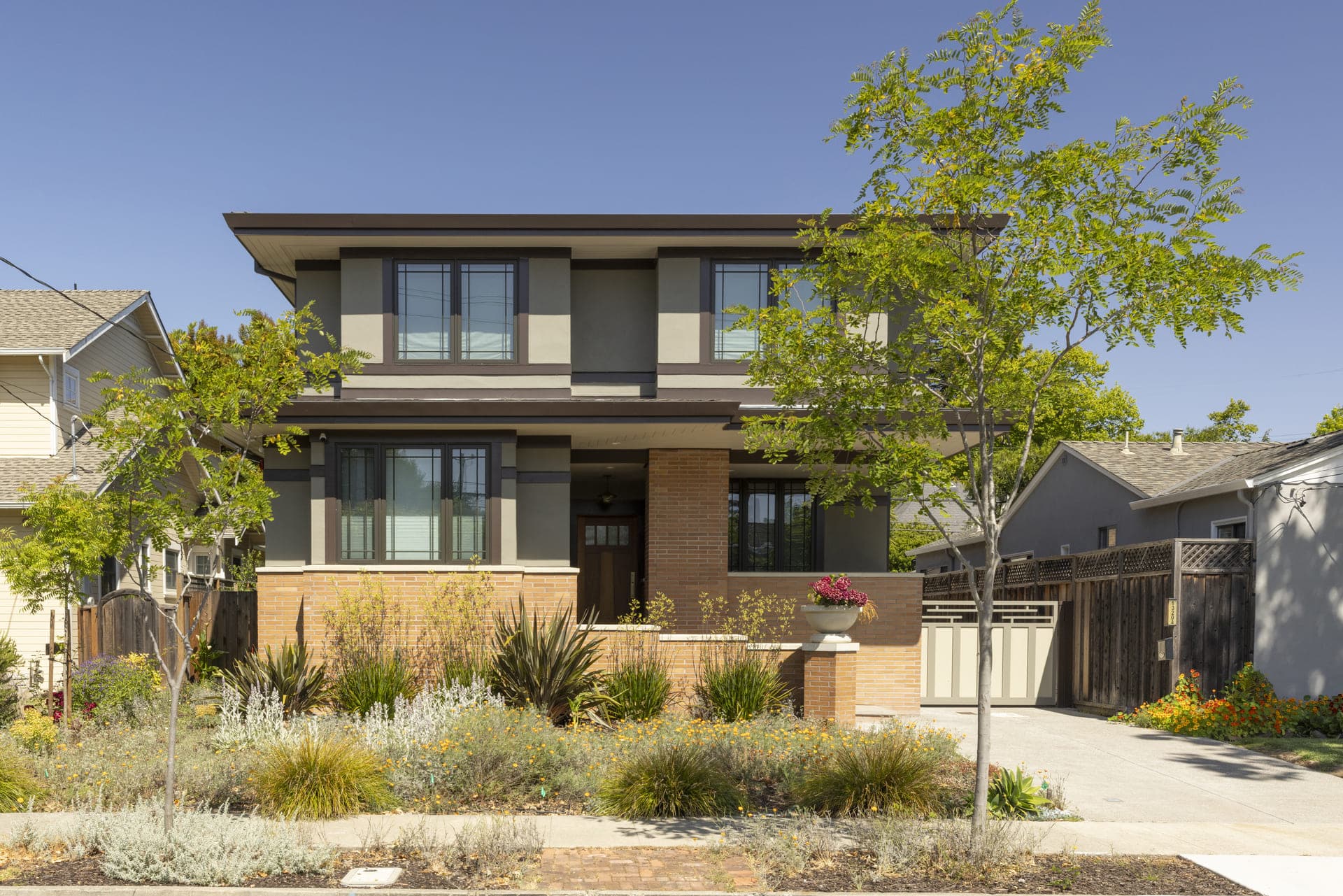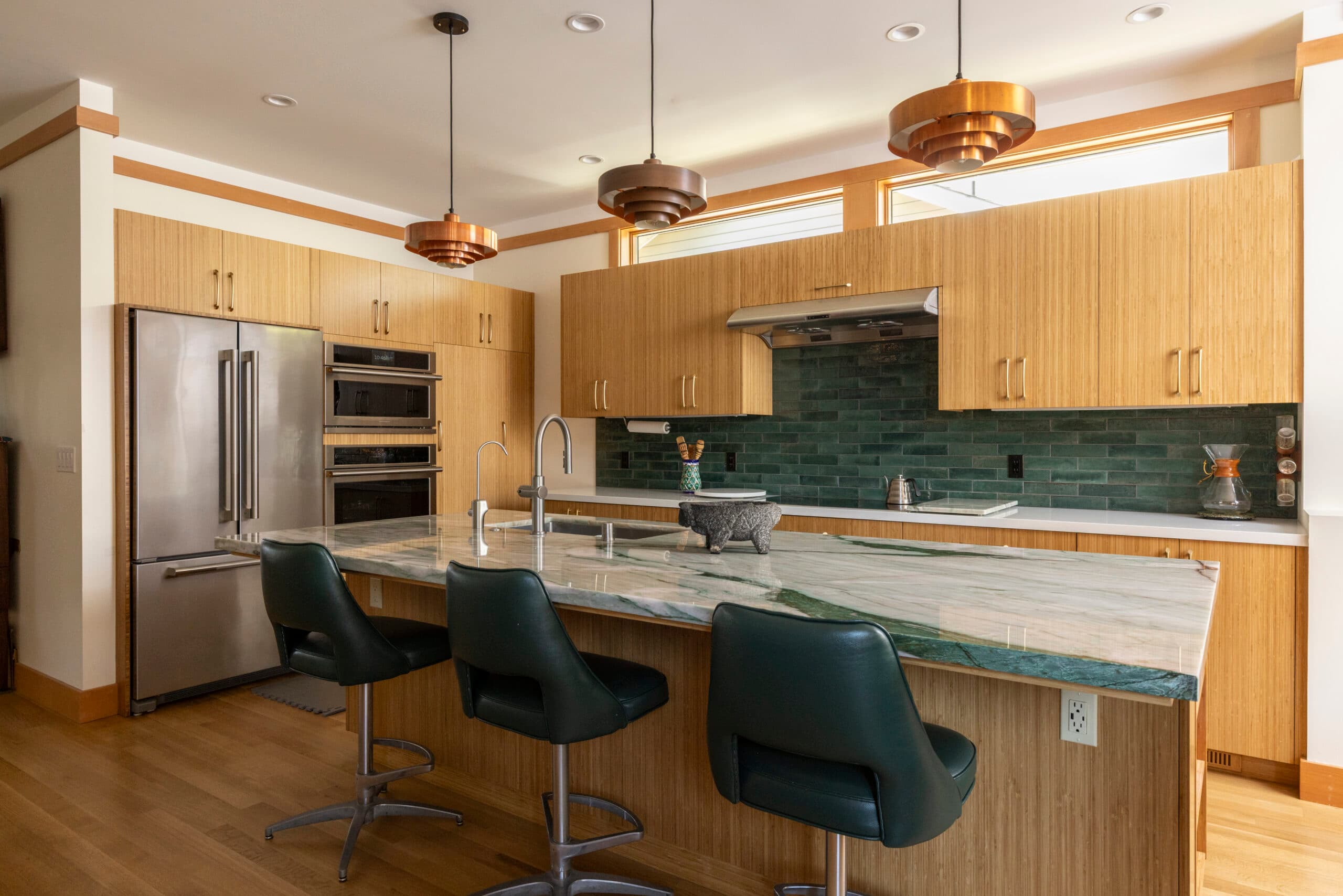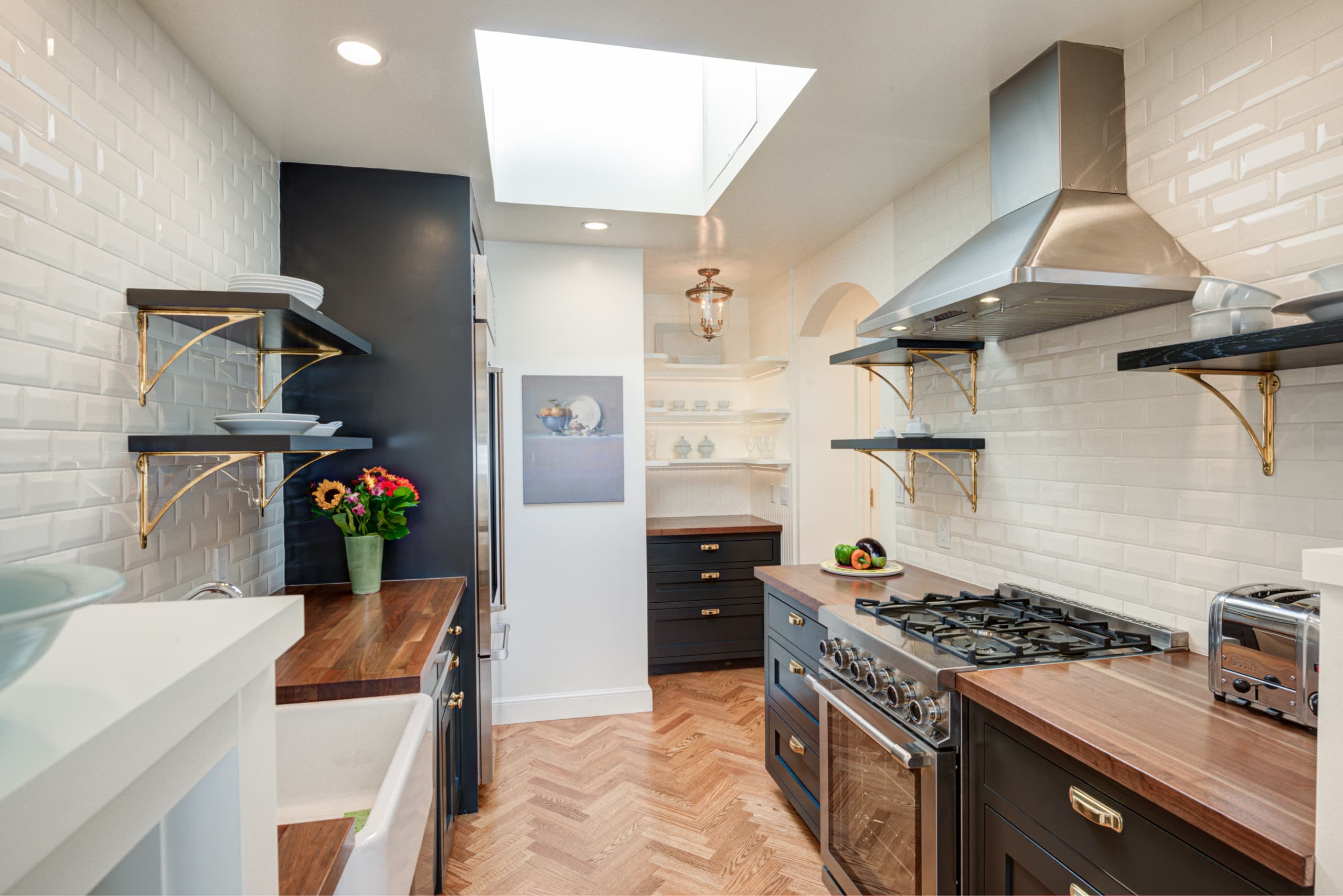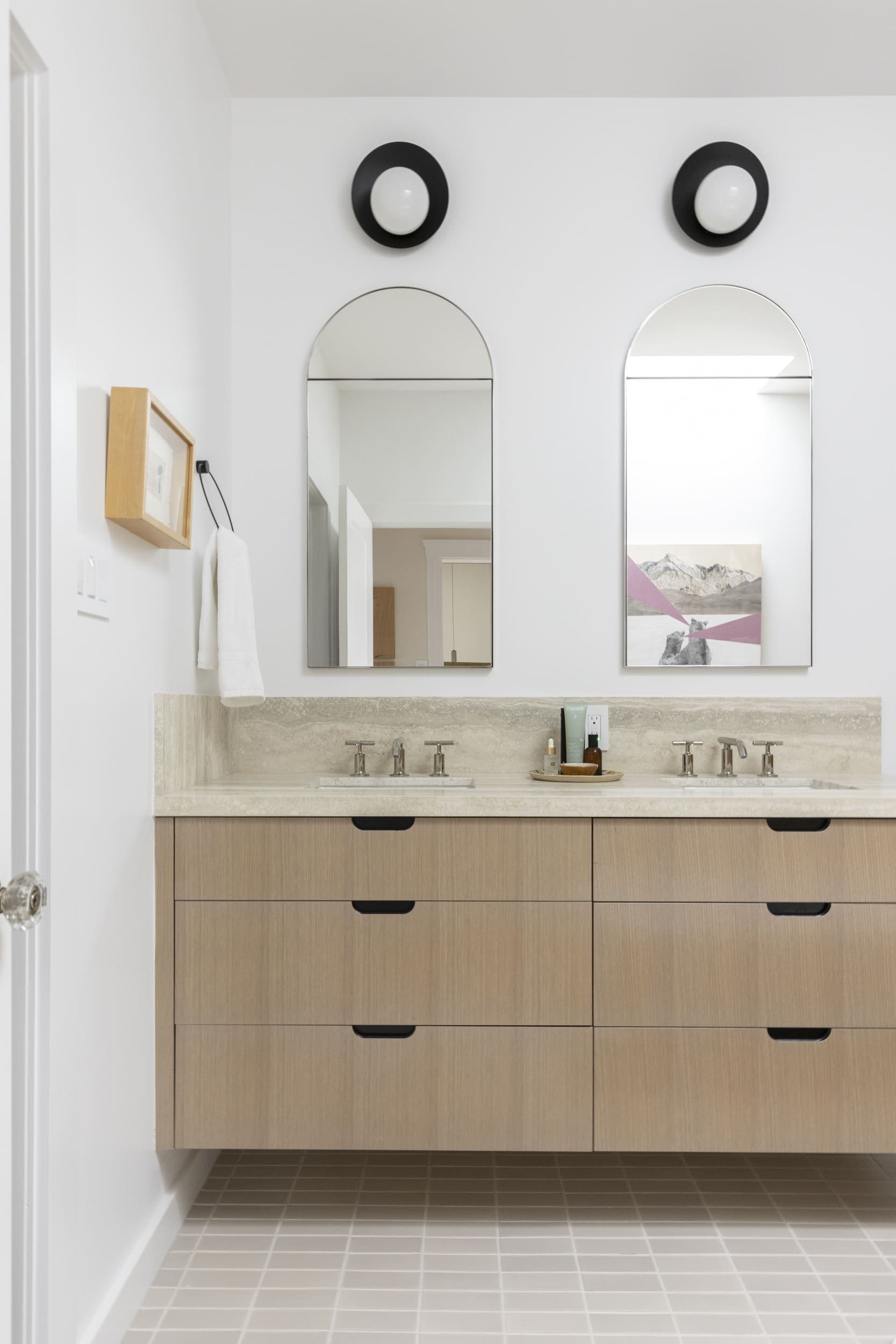
May 26, 2025
Design-Build vs. Design-Bid-Build: A Simple Comparison
When planning a construction project, one of the biggest decisions you’ll face is how to structure the process. Two of the most common project delivery methods are design-bid-build and design-build. While they may sound similar, they operate in very different ways, and understanding these differences can save you time, money, and stress.
What Is Design-Bid-Build?
Design-bid-build is the traditional model most people are familiar with. In this method:
-
An architect or designer creates detailed plans.
-
Those plans are sent out for bids from contractors.
-
The project owner chooses a contractor to build according to the design.
This separation of responsibilities gives the owner direct control over design and contractor selection. However, it also means the architect and contractor work under separate contracts, which can lead to miscommunication, delays, and disputes if problems arise.
What Is Design-Build?
Design-build streamlines the process by combining design and construction services into a single contract. In this method:
-
One design-build firm handles both the architectural design and the construction.
-
The owner works with one point of contact from start to finish.
-
Collaboration between designers and builders happens early, reducing conflicts and unexpected costs.
Because the design-build contractor team works together from day one, projects often move faster and stay more aligned with budget expectations.
Key Differences Between Design-Bid-Build and Design-Build
| Aspect | Design-Bid-Build | Design-Build |
|---|---|---|
| Contracts | Two (owner-architect + owner-contractor) | One (owner with design-build firm) |
| Collaboration | Separate roles, limited interaction | Integrated team from start to finish |
| Timeline | Sequential (design → bid → build) | Overlapping (design and build can overlap) |
| Cost Control | Bids can lead to unexpected changes | Early cost estimation, fewer surprises |
| Accountability | Owner manages disputes between parties | Single point of responsibility |
Why Choose Design-Build?
More owners today are turning to design-build contractors because of its efficiency and simplicity. Some of the main advantages include:
-
Faster project delivery – With design and construction overlapping, projects can break ground sooner.
-
Improved communication – One unified team means fewer misunderstandings.
-
Greater accountability – A single contract reduces finger-pointing if challenges arise.
-
Cost savings – Early collaboration helps control budget from the start.
While design-bid-build may still be the right choice for projects requiring very specific architect-led details or competitive contractor bidding, design-build contractors are often preferred for those who value speed, collaboration, and streamlined management.
Final Thoughts
Choosing the right project delivery method comes down to your priorities. If you want direct oversight of both design and construction, design-bid-build may fit. But if you prefer a faster, more collaborative process with a single point of accountability, design-build is the clear choice.
As construction projects grow more complex, the design-build approach continues to gain popularity for its ability to save time, reduce costs, and deliver better results with less stress.
Recent Posts

San Francisco Design-Build: The Fastest Way to Complete a Home Remodel
Home remodeling in San Francisco has become more c...
November 20, 2025

Remodeling a Condo vs. a Victorian Home in San Francisco – What’s Different?
Remodeling a home in San Francisco is never a one-...
November 13, 2025

Kitchen Remodels That Add the Most Value to Homes in San Francisco
When you invest in a kitchen remodel, you’re not j...
October 25, 2025

Luxury Bathroom Remodel SF: Top Design Ideas from Local Experts
When it comes to creating a truly luxurious bathro...
October 20, 2025

How to Plan a Major Home Renovation Without Stress
A major home renovation can feel overwhelming, esp...
September 27, 2025

Hire a Design-Build Firm vs. Hiring Separate Contractors: Which Saves More in SF...
When planning a home renovation or remodel in San ...
September 26, 2025
Newsletter
Quarterly remodeling tips & case studies.

